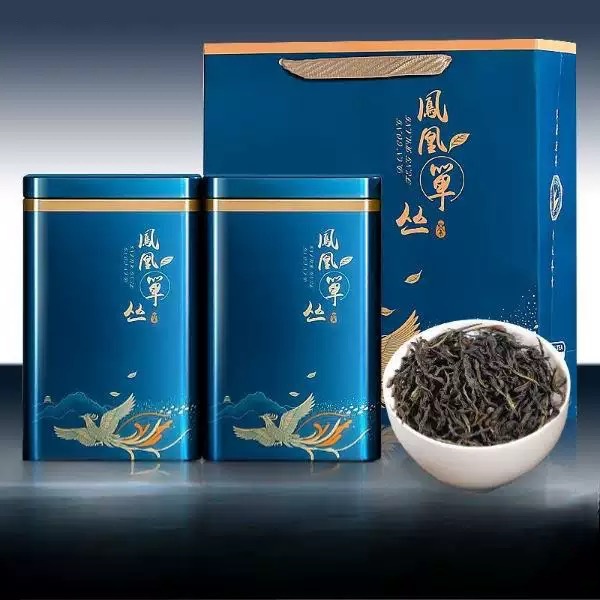
# The Diversity of Oolong Tea Varieties
Introduction to Oolong Tea
Oolong tea, also known as wulong tea, is a traditional Chinese tea that falls somewhere between green and black tea in terms of oxidation. Its unique processing method gives it a distinctive flavor profile that can range from floral and light to rich and toasty. The diversity of oolong tea varieties is truly remarkable, with each type offering its own unique characteristics.
Major Oolong Tea Producing Regions
Oolong tea is primarily produced in China and Taiwan, with each region developing its own distinctive styles:
- Fujian Province, China – The birthplace of oolong tea
- Guangdong Province, China – Home to famous Phoenix oolongs
- Taiwan – Known for its high mountain oolongs
Keyword: Oolong Tea Varieties
Popular Oolong Tea Varieties
Tie Guan Yin (Iron Goddess of Mercy)
This famous oolong from Fujian has a floral aroma and sweet aftertaste. The leaves are tightly rolled into balls that unfurl during brewing.
Da Hong Pao (Big Red Robe)
A highly prized Wuyi Mountain oolong with a complex, mineral-rich flavor profile and legendary history.
Dong Ding Oolong
A Taiwanese oolong known for its balanced flavor with notes of honey and orchid, traditionally roasted to perfection.
Ali Shan Oolong
Grown in the high mountains of Taiwan, this tea has a delicate, creamy texture with floral and fruity notes.
Shui Xian (Narcissus)
A Wuyi oolong with a distinctive woody character and long-lasting aftertaste.
Oxidation Levels in Oolong Tea
One of the most fascinating aspects of oolong tea is its wide range of oxidation levels, which greatly affect the flavor:
| Oxidation Level | Example Varieties | Flavor Profile |
|---|---|---|
| Light (10-30%) | Bao Zhong, Green Tie Guan Yin | Floral, fresh, similar to green tea |
| Medium (30-50%) | Traditional Tie Guan Yin, Dong Ding | Balanced, with both floral and roasted notes |
| Heavy (50-70%) | Da Hong Pao, Shui Xian | Rich, toasty, with mineral complexity |
Roasting and Its Impact
Many oolong teas undergo roasting, which adds another layer of complexity to their flavor profiles. The roasting process can range from light to heavy, with:
- Light roasts preserving more of the tea’s natural floral characteristics
- Medium roasts creating a balance between floral and toasty notes
- Heavy roasts developing deep caramel and charcoal flavors
Seasonal Variations
The harvest season significantly affects the flavor of oolong tea:
- Spring harvest – Generally considered the best, with complex aromas and smooth texture
- <strong